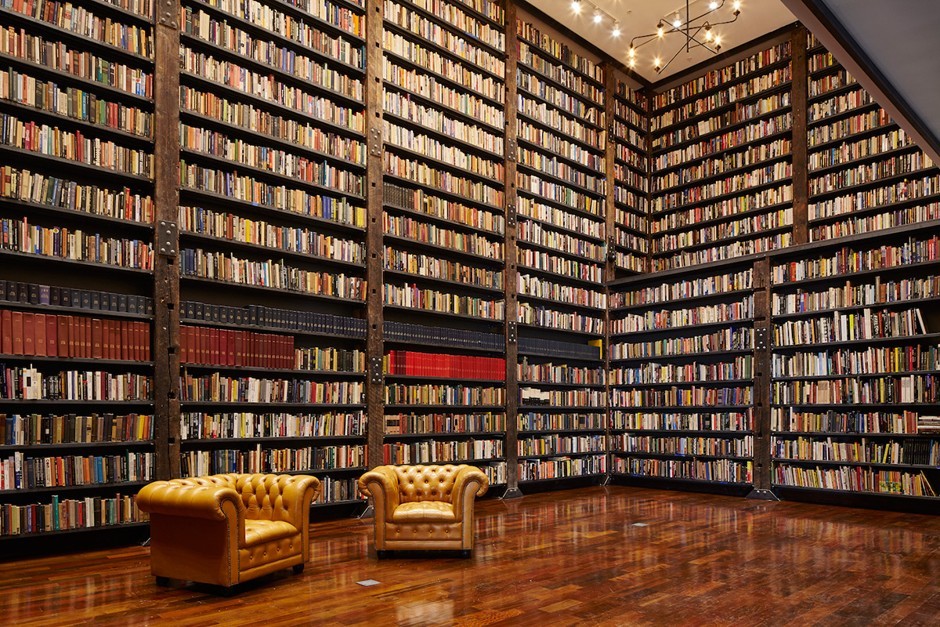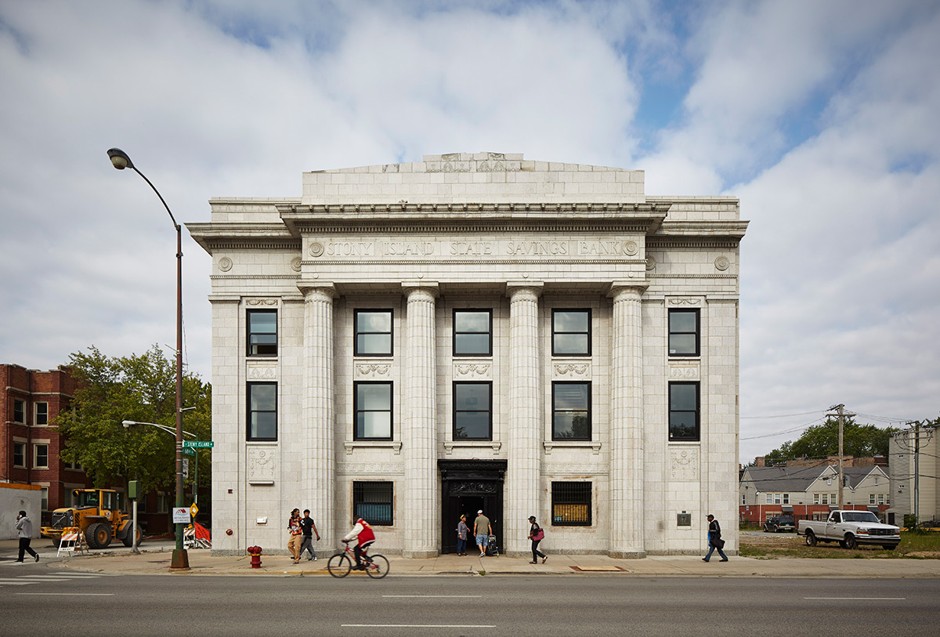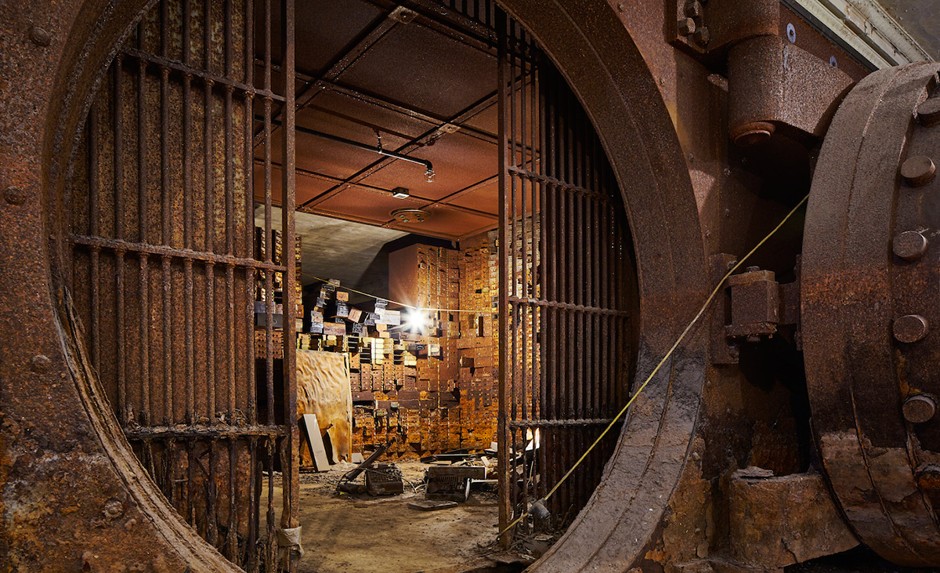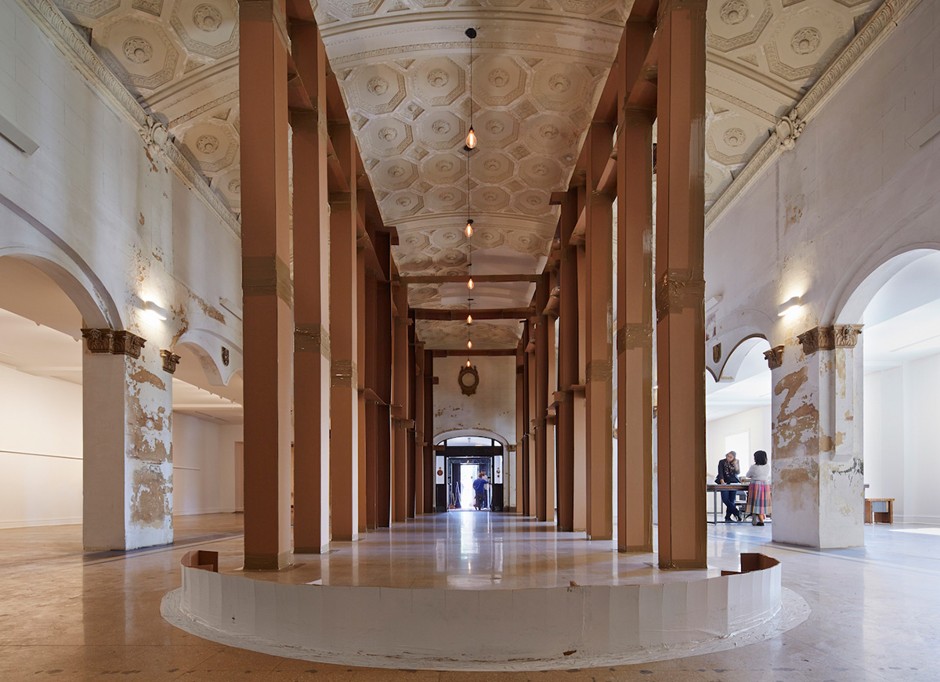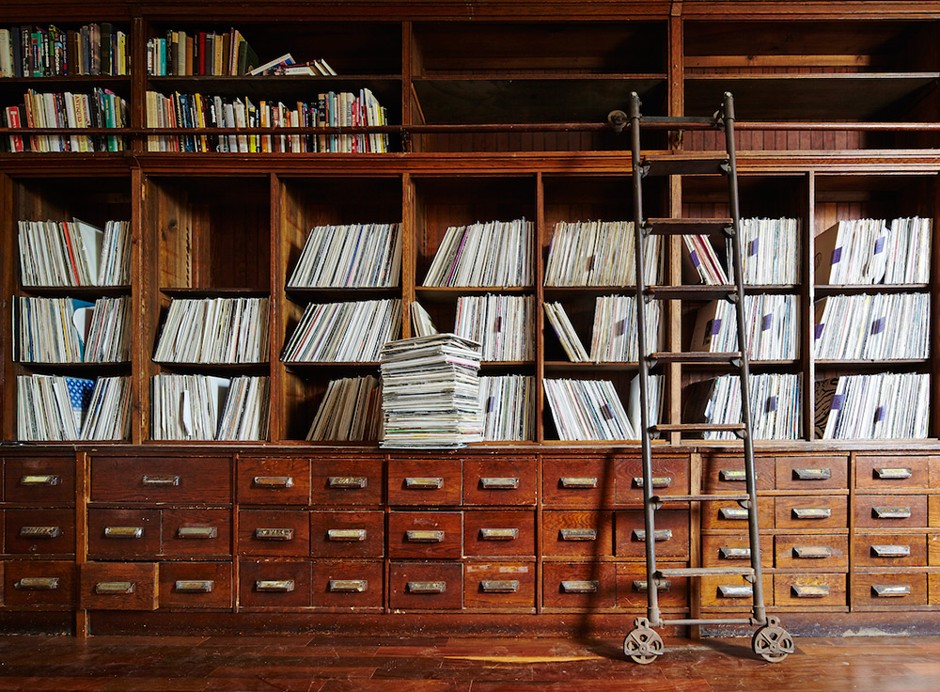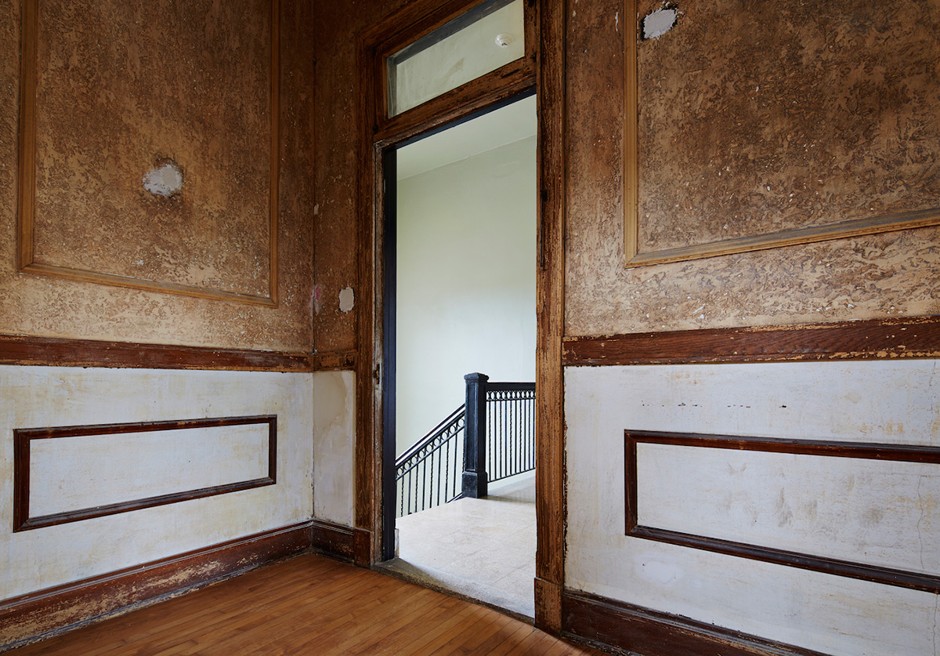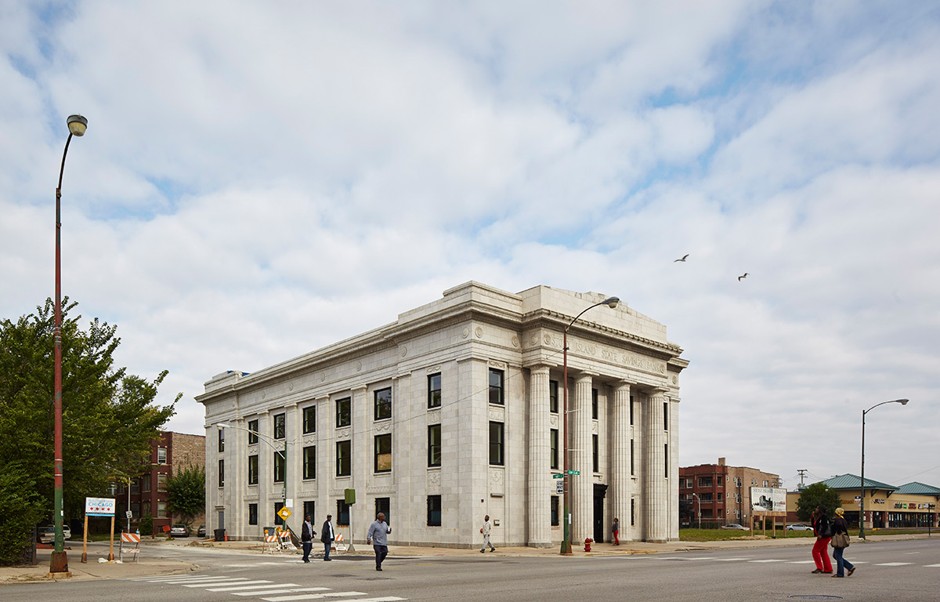http://hyperallergic.com/285786/amassing-the-worlds-largest-digital-transgender-archive/

Covers of 1961 and 1962 issues of ‘Letters from Female Impersonators’ (courtesy Digital Transgender Archive)
From letters written by female impersonators to illustrated guides to cross-dressing, material chronicling the experiences of transgender people is currently being digitized and catalogued online. The recently launched
Digital Transgender Archive is the world’s largest of its kind, dedicated to collecting and preserving the printed matter of trans history. Spearheaded by
K.J. Rawson, an assistant English professor at College of the Holy Cross, the project involves over 20 international institutions and private collections, including Harvard University’s
Schlesinger Library, the San Francisco Public Library’s
James C. Hormel Gay & Lesbian Center, the
Center for Sex and Culture,
Gender DynamiX, and University of Victoria’s
Transgender Archives — the largest physical one in the world.

Portrait of Alison Laing (courtesy Joseph A. Labadie Collection, University of Michigan and Digital Transgender Archive) (click to enlarge)
Most of the material is hitting the web for the first time, making available to all many previously unseen documents, photographs, and illustrations. The endeavor grew out of Rawson’s personal frustrations as he struggled to find significant collections of trans-related material for his doctoral dissertation and realized “this was actually a pretty widespread problem,” as he told Hyperallergic.
“A lot of trans-related materials were held in dissipated collections, and it wasn’t really clear who had what, why they had it, how it related to other collections, and how it was accessible to researchers,” Rawson said. “Very few efforts like ours are made public, and what I think is a very rare thing that we have done is collaborate with so many different institutions. So partly the power of our project is in the collaboration — we have so many people on board and excited to contribute materials.”
Dominating the database, which is searchable by keyword, collection, institution, and even location, are newsletters and magazines, all uploaded in their entirety. Peruse old issues of
Fanfare, for instance, a South African quarterly published in the ’80s that focused on subjects from self-acceptance to familial relationships. Or flip through
Letters from Female Impersonators, a ’60s periodical that printed open letters accompanied by often risqué portraits of their male writers in feminine attire. There’s also material on the history of transgender activism, including Rawson’s own favorites, the
Tiffany Club Documents, from a Boston-based club for cross-dressers and their allies. The collection includes documents related to the club’s establishment, its founder’s outreach letters, and a draft of its constitution.
Other digitized objects are more personal, such as the
photographs of Alison Laing, a transgender woman who co-founded the
Renaissance Transgender Association and directed
Fantasia Fair — the longest-running annual conference in the transgender community. Intimate snapshots show Laing dolled up on the beach, posing for a photo-booth camera, and performing at the Fantasia Fair. Another notable photo album comes from the California Cuties, the
self-described “World’s Funniest Softball Team,” who published playful pictures of the cross-dressing team members, complete with accompanying short profiles.

Pages from the California Cuties’ 1970 ‘Official Picture Album and Souvenir Program: The Twenty-Second Season’ (courtesy Digital Transgender Archive) (click to enlarge)
The archive also features a number of creative works, including poetry and art published in zines such as
Vanguard, which was put together by LGBTQ youth in San Francisco and features some neat psychedelic covers.
Turnabout Publications also published art, reviews, photographs, and fiction in its magazines, and released books dedicated to stories of transvestism. Below, a sampling from Nan Gilbert’s 1967 “Miniskirted Male,” a tale of an aunt who dresses teenager Johnny as a young girl as a form of punishment:
Ordered before the full-length mirror to view himself, Johnny stared once more in disbelief at the vision of girlishly attired loveliness which peered back at him from the glassy depths. But he did not let his face reflect the horror this vision instilled in him. He even managed a wan smile.
Months passed during which Johnny’s feminization progressed to an alarming degree under the watchful eyes of his aunt and Suzanne.
He was taught proper mannerisms and gestures and to speak in a softly modulated tone. Everything was done to erase the masculine past from his mind and his body. Figure training reduced his waist to feminine slimness without further need of restriction, and the corsetting also rounded out his hips and buttocks to more girlish contours. The pressures of the corset, along with massage, created surplus flesh on his chest which gave the promise of girlish breasts. His hair was allowed to grow out to a length where almost any coiffure was possible, although it was usually arranged in ringlets with bangs over the forehead.
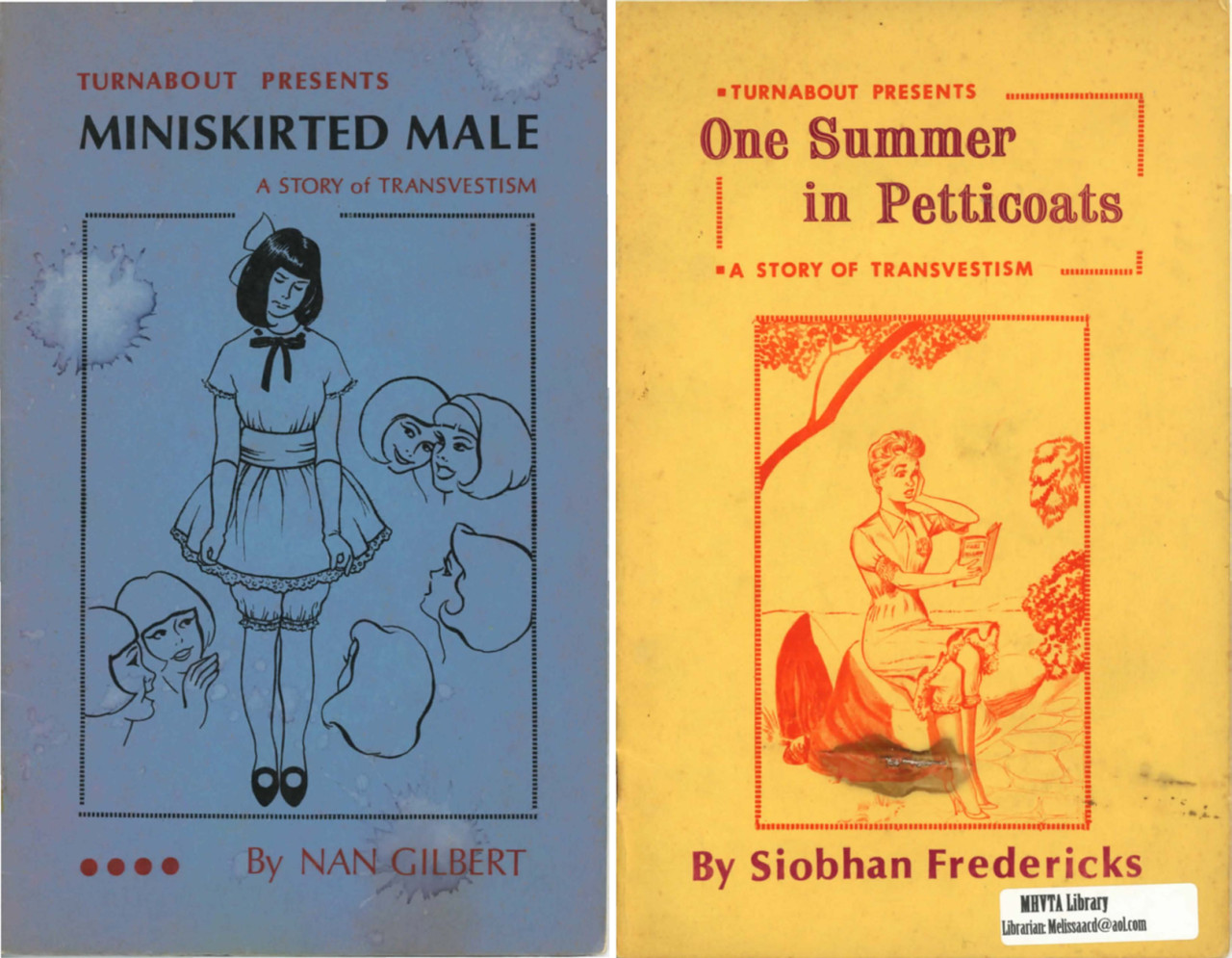
Cover of Turnabout publications from the 1960s (courtesy Digital Transgender Archive)
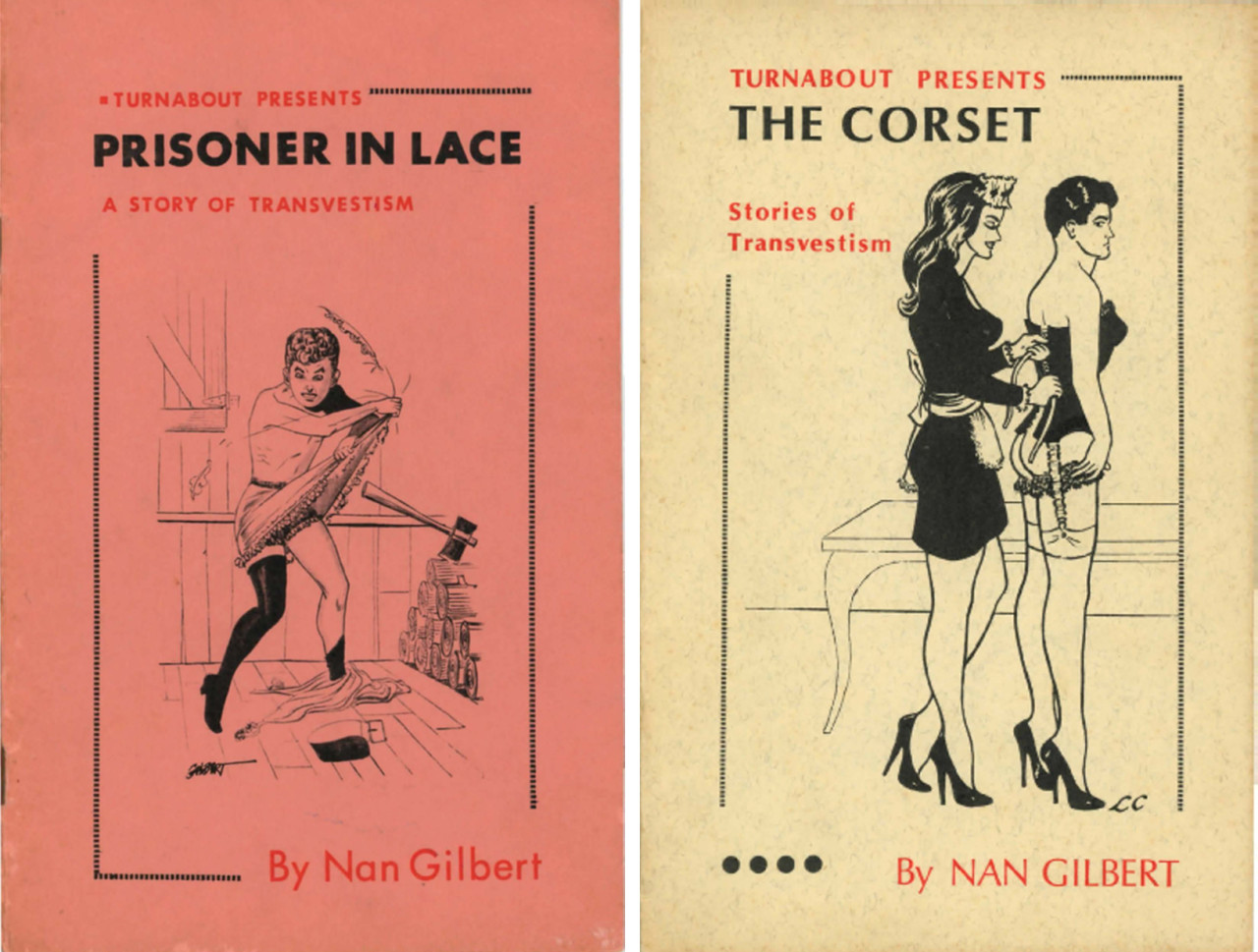
Cover of Turnabout publications from the 1960s (courtesy Digital Transgender Archive)
Fourteen of the partnering institutions already have their material online, and Rawson expects the database to hit 1,000 items within the next two months, as research assistants work on uploading archives from the remaining organizations. With an open call out to anyone who might have relevant contributions, however, the Digital Transgender Archive will grow continuously as a rich and varied resource.
“I’m hoping that because it’s a public resource, freely available online, that it will help people to see that people have been transitioning gender for a very long time and in many different ways and throughout the world,” Rawson said. “I think anytime a major public figure comes out — particularly in the US — there’s this cultural amnesia where people seem to forget and act like this is the first time it’s ever happened.
“So this is an effort to help elevate our cultural understanding of transgender practices.”
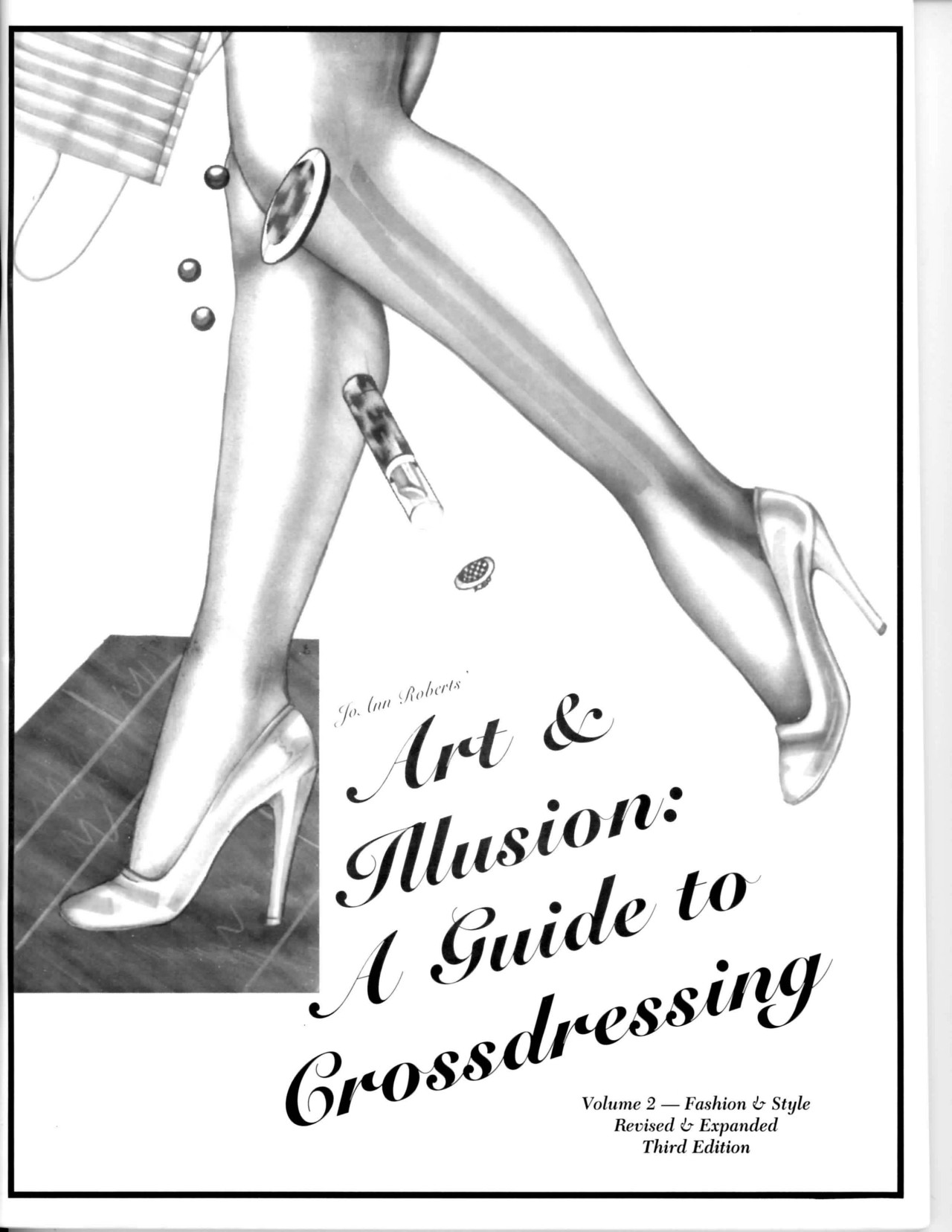
Cover of ‘Art & Illusion: A Guide to Crossdressing, Vol. 2’ (2000) (courtesy Transgender Archives, University of Victoria and Digital Transgender Archive)
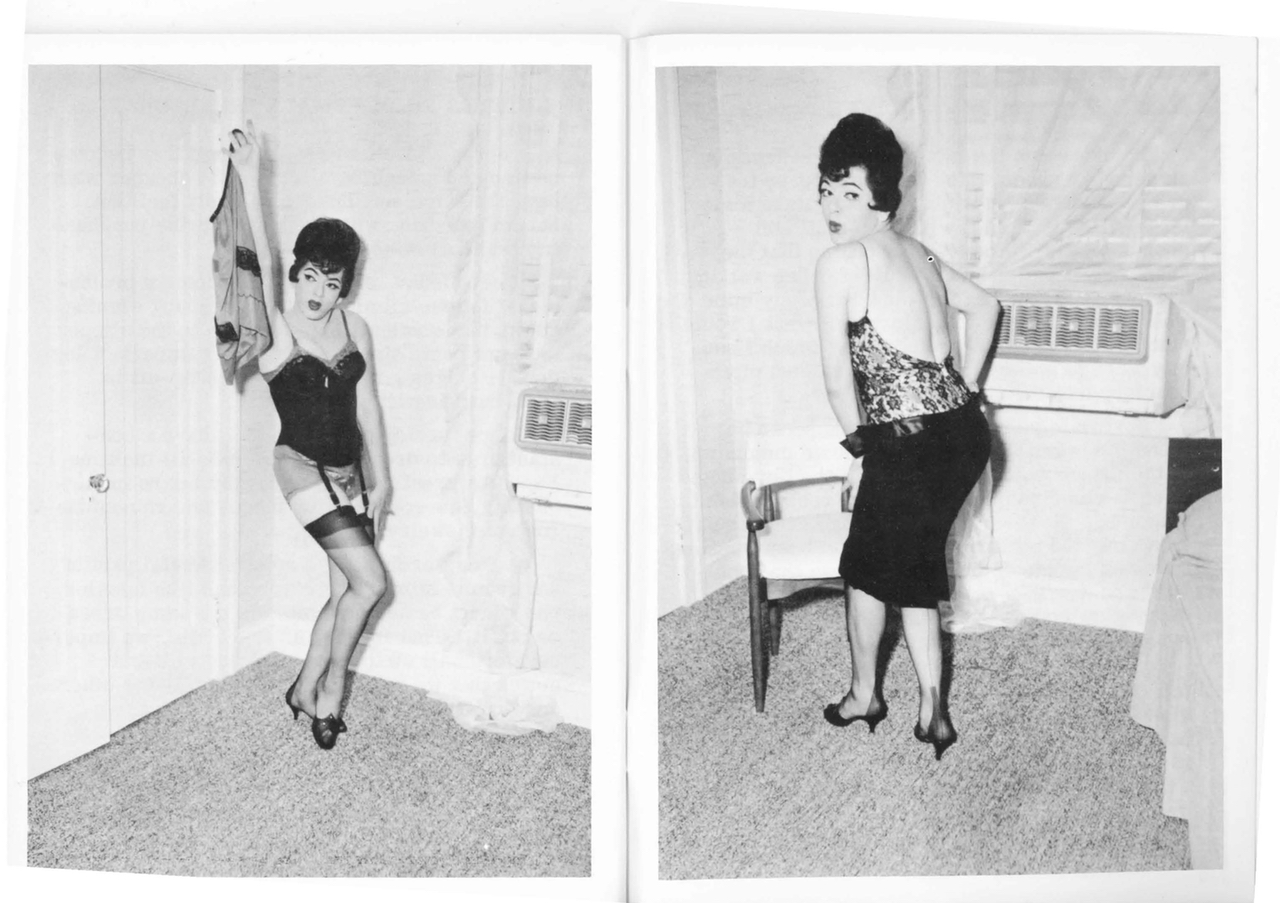
Pages from a 1962 issue of ‘Letters from Female Impersonators’ (courtesy Digital Transgender Archive)

Pages from a 1962 issue of ‘Letters from Female Impersonators’ (courtesy Digital Transgender Archive) (click to enlarge)

Alison Laing lying on a bed (Joseph A. Labadie Collection, University of Michigan and Digital Transgender Archive)
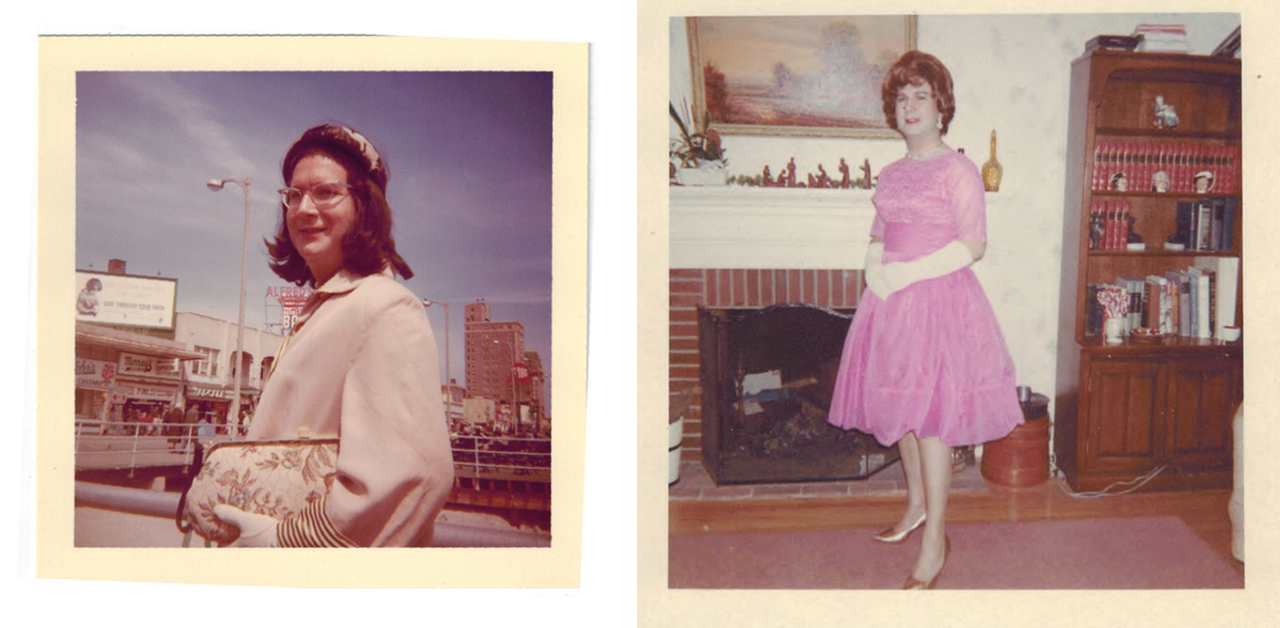
Photos from Alison Laing’s early photo album (courtesy Joseph A. Labadie Collection, University of Michigan and Digital Transgender Archive)
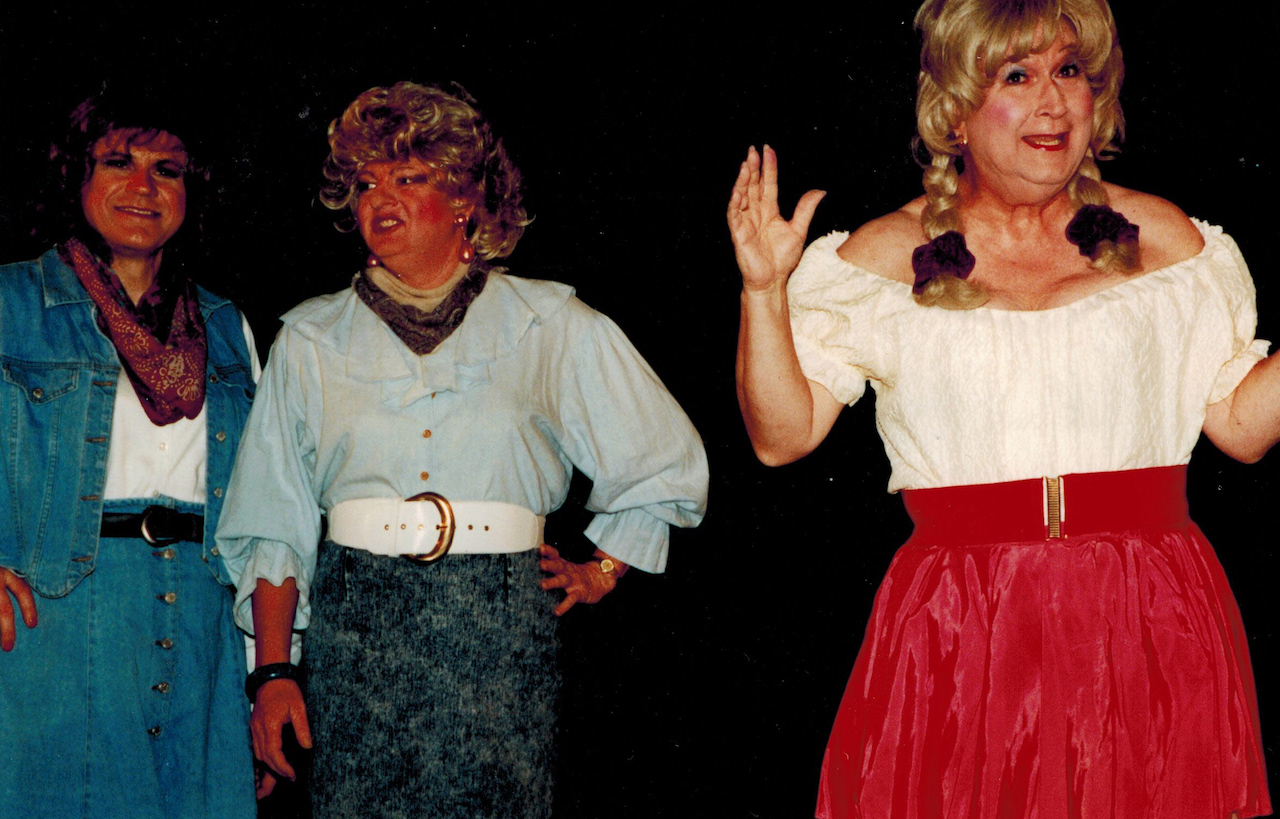
Alison Laing and Lynnette Perform at Fantasia Fair Follies (courtesy Joseph A. Labadie Collection, University of Michigan)
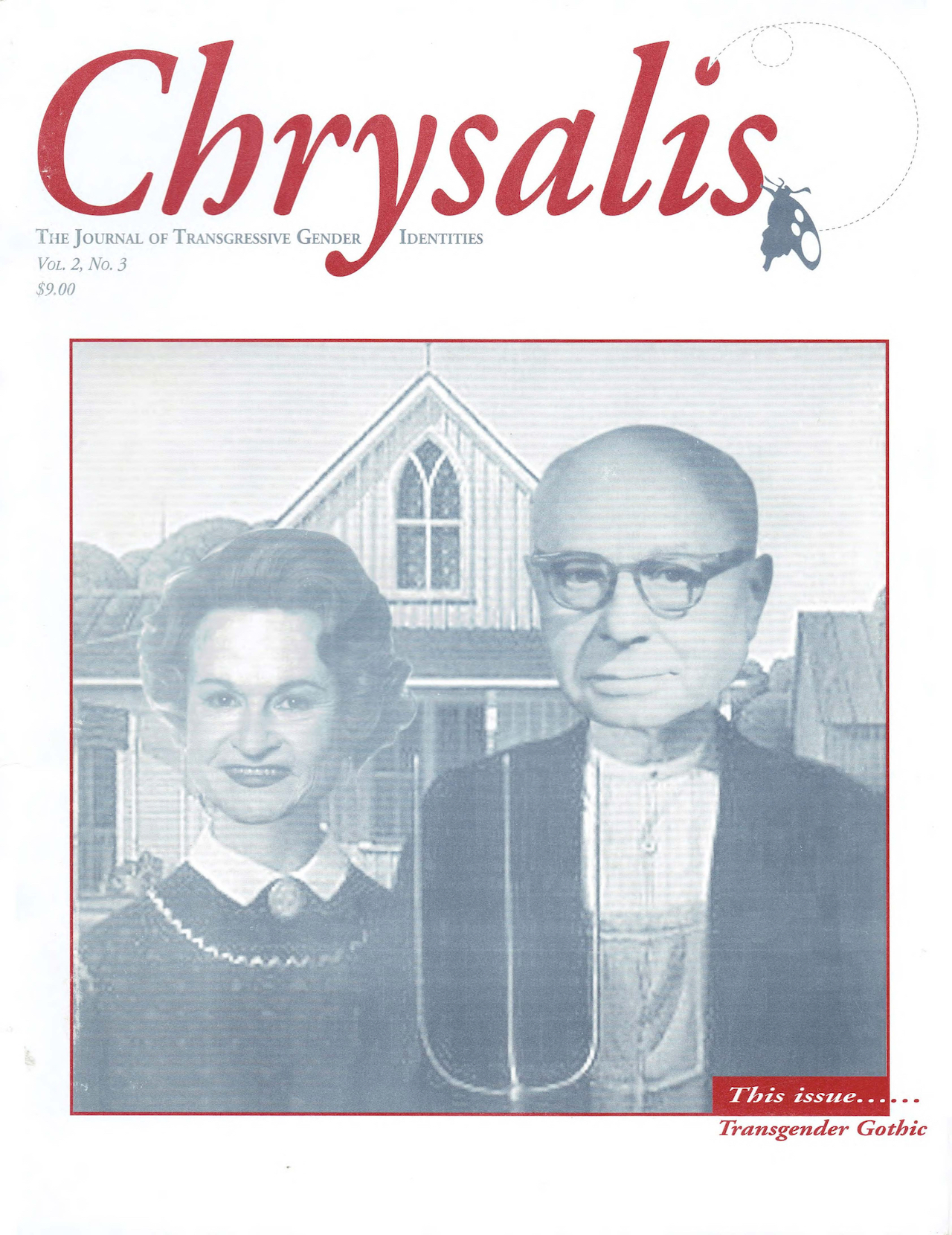
A 1996 cover of ‘Chrysalis Quarterly,’ featuring sexologist Harry Benjamin and transgender activist Virginia Prince in a rendition of Grant Wood’s ‘American Gothic’ (courtesy Joseph A. Labadie Collection, University of Michigan and Digital Transgender Archive)
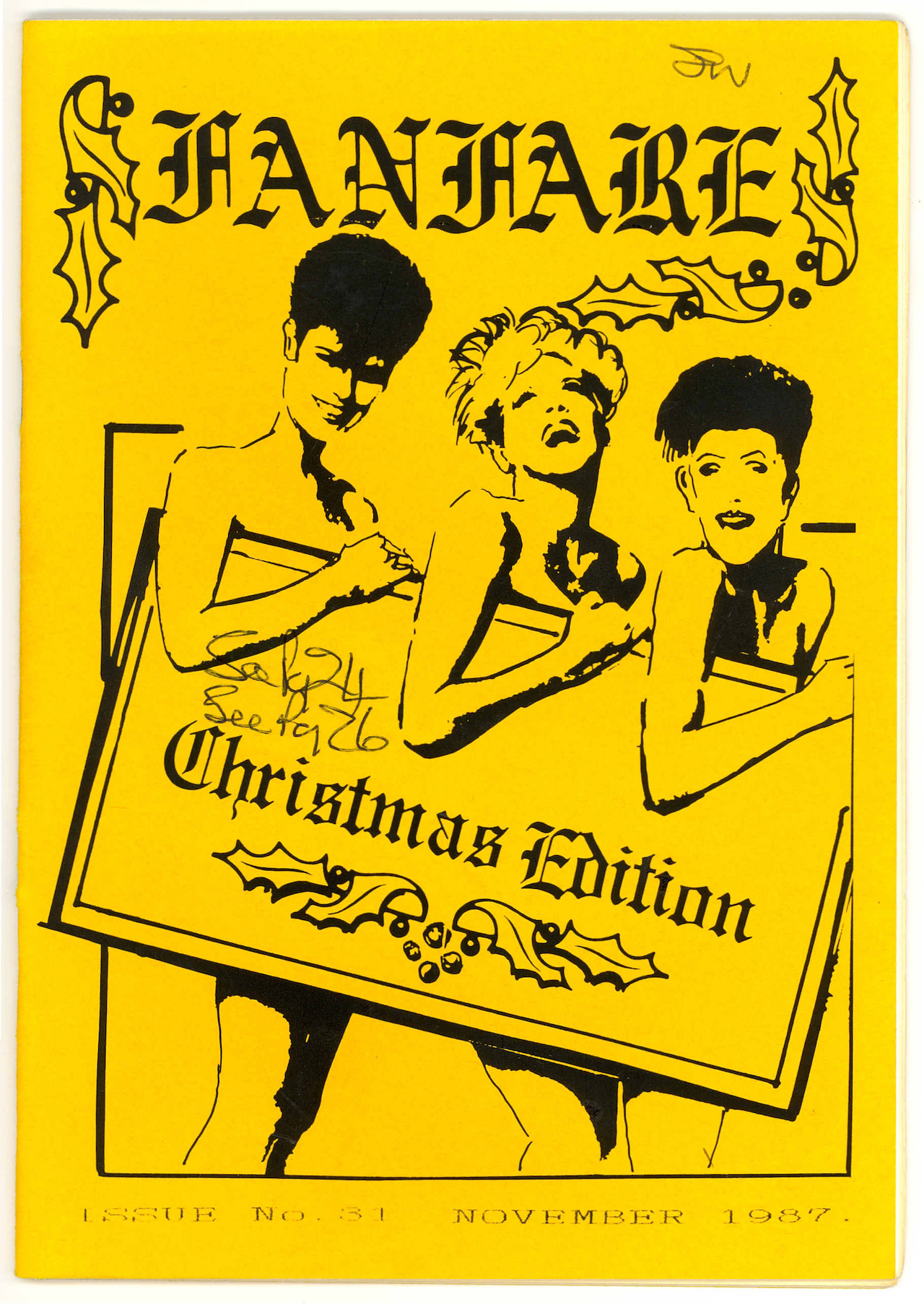
Cover of November 1987 issue of ‘Fanfare Magazine’ (courtesy Gender DynamiX and Digital Transgender Archive)

A page from a September 1986 issue of ‘Fanfare Magazine’ (courtesy Gender DynamiX )

Cover of ‘Vanguard Magazine Vol. 1 No. 9’ (1967) (courtesy GLBT Historical Society and Digital Transgender Archive)

Cover of the ‘Journal of Gender Studies Vol. XV #2 & XVI #1’ (summer 1993–spring 1994) (courtesy Digital Transgender Archive)
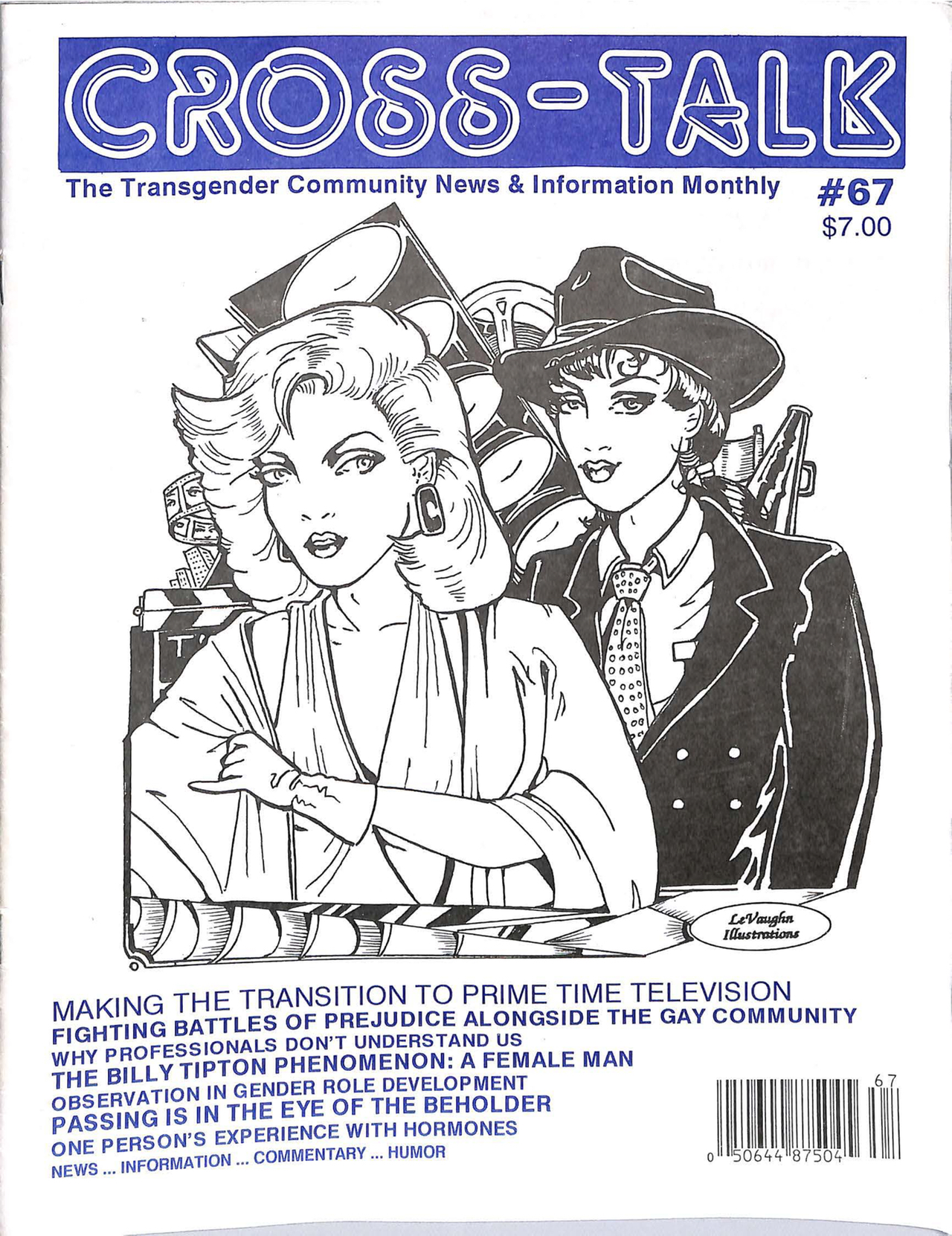
Cover of May 1995 issue of ‘Cross-Talk’ (courtesy Lili Elbe Archive and Digital Transgender Archive)

























